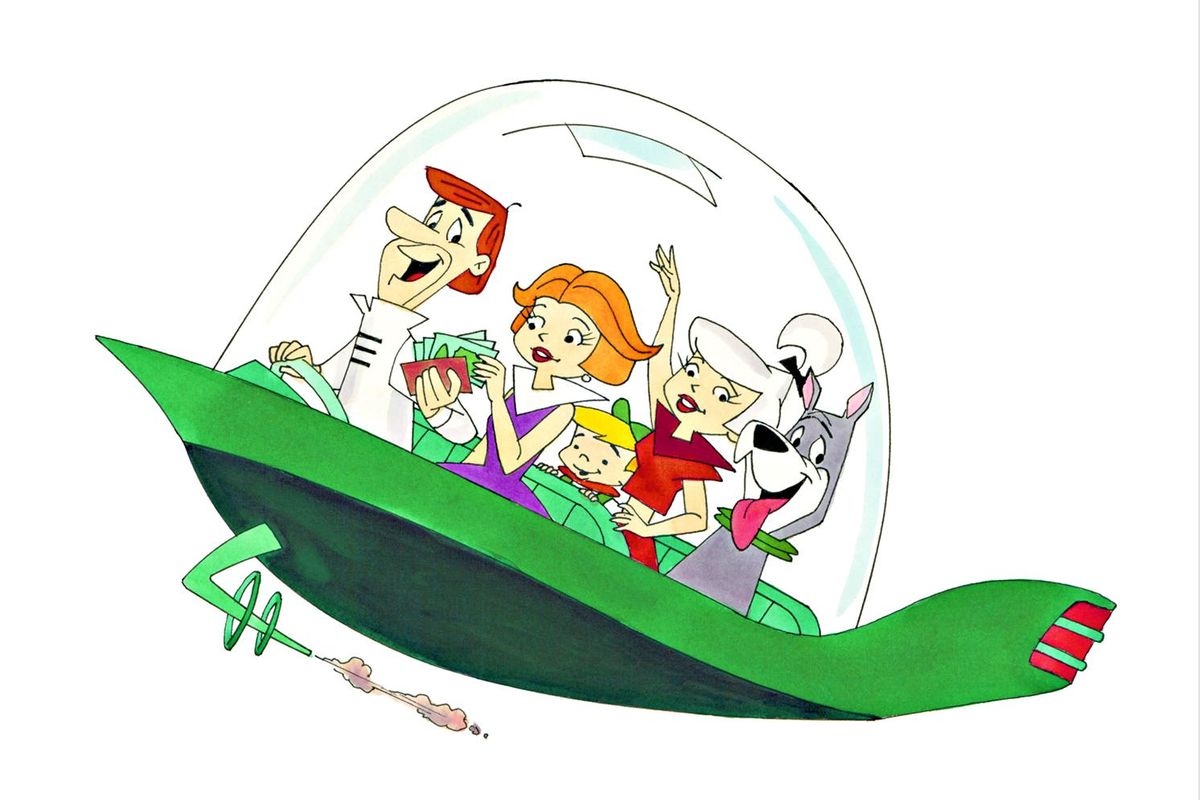Beatles animator will create, sell art in Spokane, Coeur d’Alene shows

When Ron Campbell got a call in the middle of the night with an offer to animate a children’s cartoon about the Beatles, he thought it was a dumb idea.
“I actually said to (the client) ‘Insects make terrible shows; what do you want to make a show about beetles for?’ ” said Campbell, whose Australian accent is still unmistakable despite decades of living in the U.S.
“(The client) had to explain to me that it was a rock and roll group that was sweeping the entire world, and that I was the only idiot on the planet who didn’t know who the Beatles were.”
Campbell eventually took the job to direct the Saturday morning Beatles cartoon series, and later animated the Beatles film “Yellow Submarine.” The Beatles work kept Campbell busy on and off for four years, 1965 to 1969. Little did he know that nearly 50 years later, at the age of 77, he would spend his retirement making a living creating images of the Fab Four.
“Beatles fans are lunatics. And they are legion,” Campbell said. “All of the children who grew up on those shows are middle-aged or older now, and some have the money to spend on what they love and remembering their childhoods.”
Campbell will be in Spokane and Coeur d’Alene for shows in the coming week. Not only will he bring art works to show and sell, but he will also create new Beatles pop art paintings on site.
If the Beatles aren’t the nostalgia you are looking for, the legendary animator will also feature works from some of the other dozens of cartoon classics in which he was involved. Paintings could include characters from “Scooby-Doo,” “Rugrats,” “Winnie the Pooh,” “Smurfs,” “Flintstones,” “Jetsons,” “George of the Jungle,” “Krazy Kat and “Ed, Edd & Eddy,” to name a few.
Now Campbell uses watercolors and pen to reproduce the very vivid and happy colors that he used in the cartoons.
“It’s the closest I can get to that look (of the animation) without actually doing paintings on cell,” Campbell said. “I wanted to make them as traditional art.”
Campbell, who has seven great-grandchildren so far, encourages children to come to his show. “I love to do drawings for the kids, and those are free,” Campbell said.
The most frequently asked question at his cartoon exhibitions is whether he ever actually met the Beatles.
“It’s sad, really,” Campbell chuckled. “It would be so wonderful to please people. To say yes, I went to the movies with them and they used to send me Christmas presents. But no.”
At his art shows, Campbell often encounters young people interested in animation. “I feel so sorry for them, because if I was 14 or 15 today I wouldn’t want to be an animator, not in a million years,” Campbell said. “You have to sit in front of a computer all day and manipulate images. I wouldn’t be interested in that.”
Campbell first fell in love with animation as a young child growing up in a small town in the Australian state of Victoria. It was before television was invented, so every Saturday, the country’s theaters would be turned over to the children to enjoy hours of Gene Autry and Hopalong Cassidy matinees, along with cartoons starring Tom and Jerry and Heckle and Jeckle.
Campbell was so young that he thought maybe live animals were kept behind the screen to create these lively stories. After his great-grandmother explained that the cartoons were just drawings, Campbell was hooked.
“I was drawing like every other kid and it struck me: ‘You mean I can do drawings that can come alive and yell and talk and scream and run around?’ ” Campbell said. “My fascination with that concept stayed with me all through my childhood, and I ended up going to art school.”
After graduating from Swinburne Art Institute in Melbourne, Campbell moved to Sydney in 1958 to work at the only animation studio in Australia. Television had just come into households around that time so it was finally possible to earn a living in the industry Down Under.
In short order, Campbell opened his own studio to fill the ceaseless demand for animators for television shows and commercials. Years later he eventually opened a successful studio in Hollywood, Ron Campbell Films, Inc. By the 1990s, he was working with Disney and Nickelodeon, working on shows such as “Goof Troop,” “Darkwing Duck,” and “Rugrats.” “In 2008, 50 years and one month after his first day at his first job in Sydney, he finally retired.
“I remember vividly putting my pencil down because I had just been directing the very last scene of the very last film that was ever to be made of ‘Ed, Edd and Eddy,’” Campbell said. “And it was a question of what the hell am I gonna do now?”
With computer animation coming to the fore, Campbell was done with producing cartoons. He was inspired with the success of late animator Chuck Jones, whose art of Bugs Bunny and Road Runner was fetching up to $100,000. There was also a new marketplace for selling. It was called eBay.
“So I started doings drawings based on cartoon shows that I’d done, and I put a couple of little doodles up on this new eBay of these sketches that I did in like 10 minutes, and somebody started the bidding at $50, which turned into $100, then $200 and pretty soon I had $500,” Campbell said. “My wife said, ‘That looks interesting, darling.’ ”
“It was ridiculous for just 10 minutes of work,” Campbell said. “I always made more money than I deserved.”